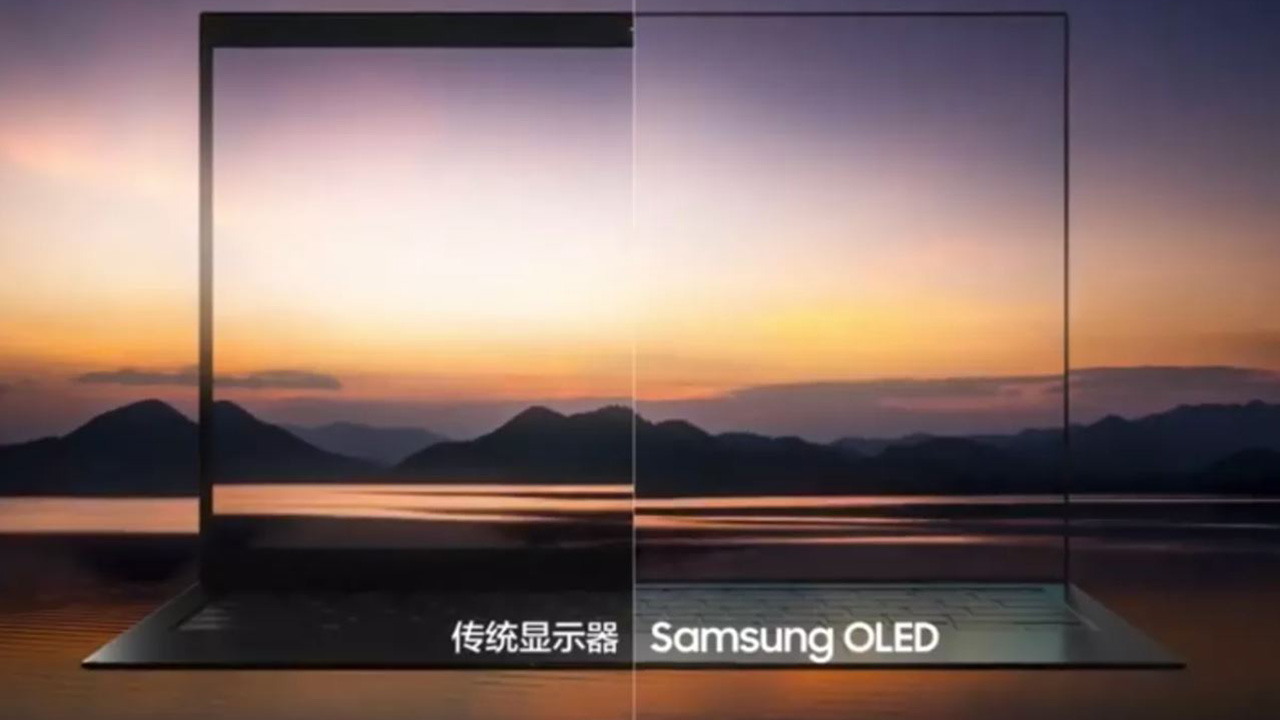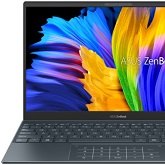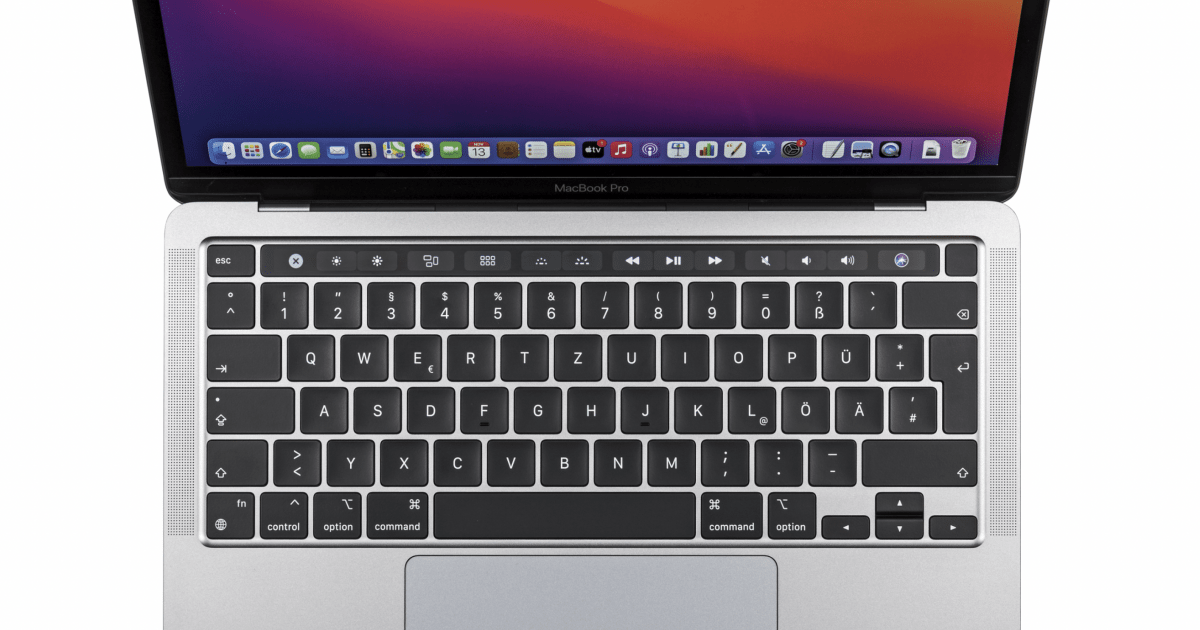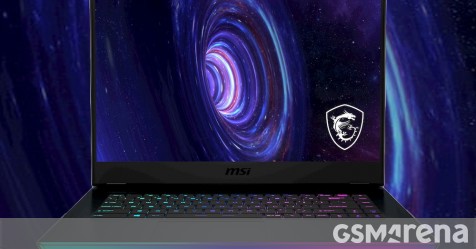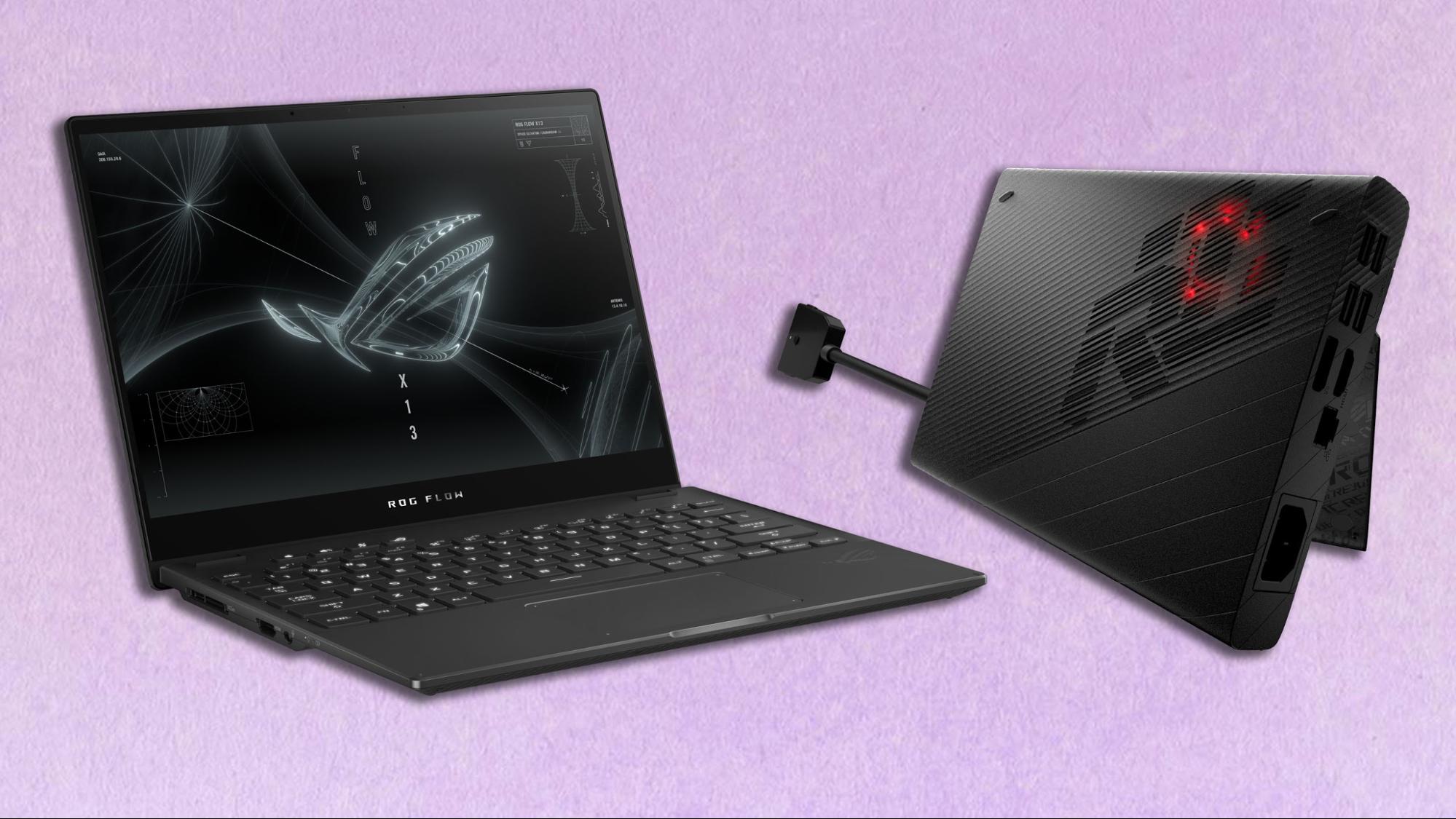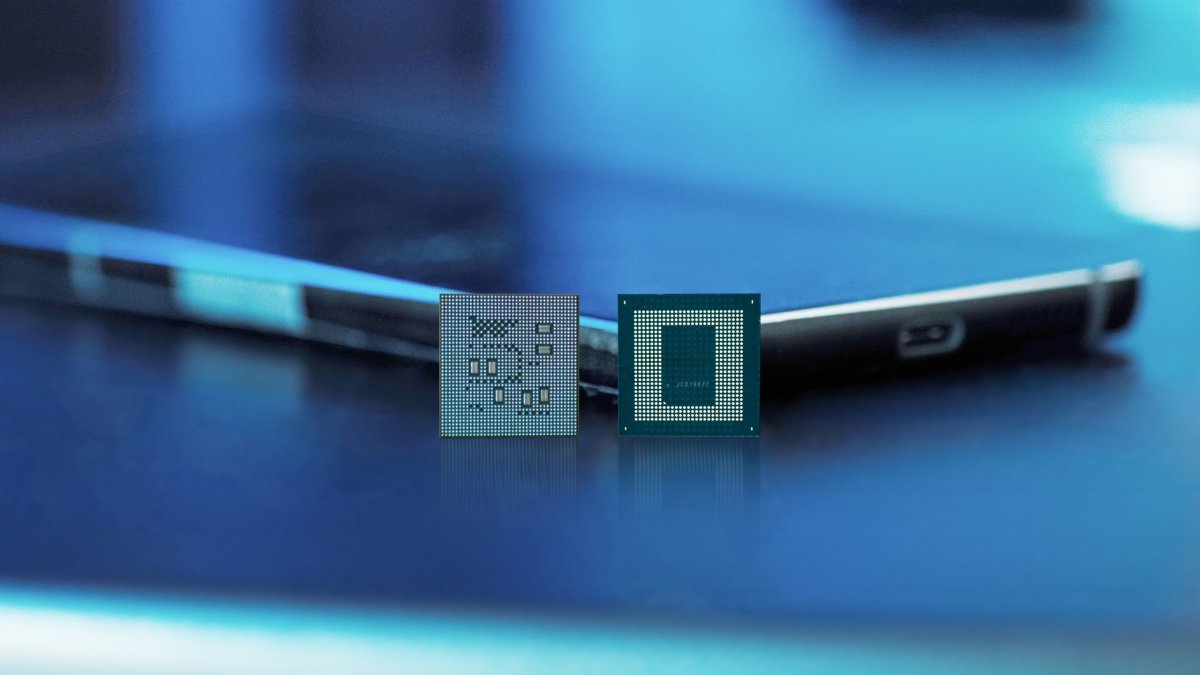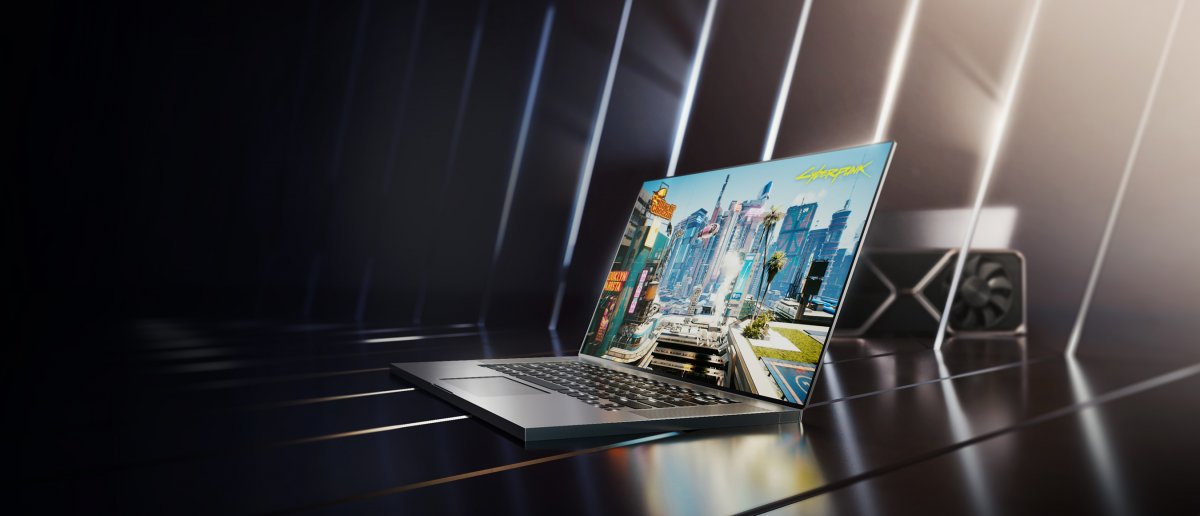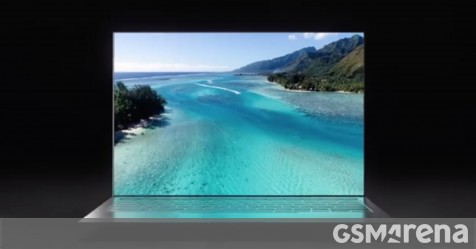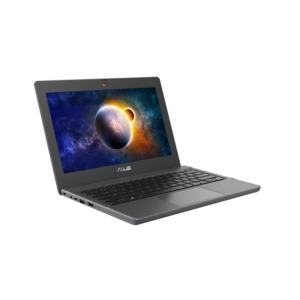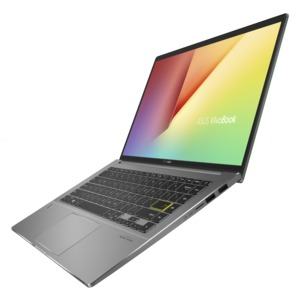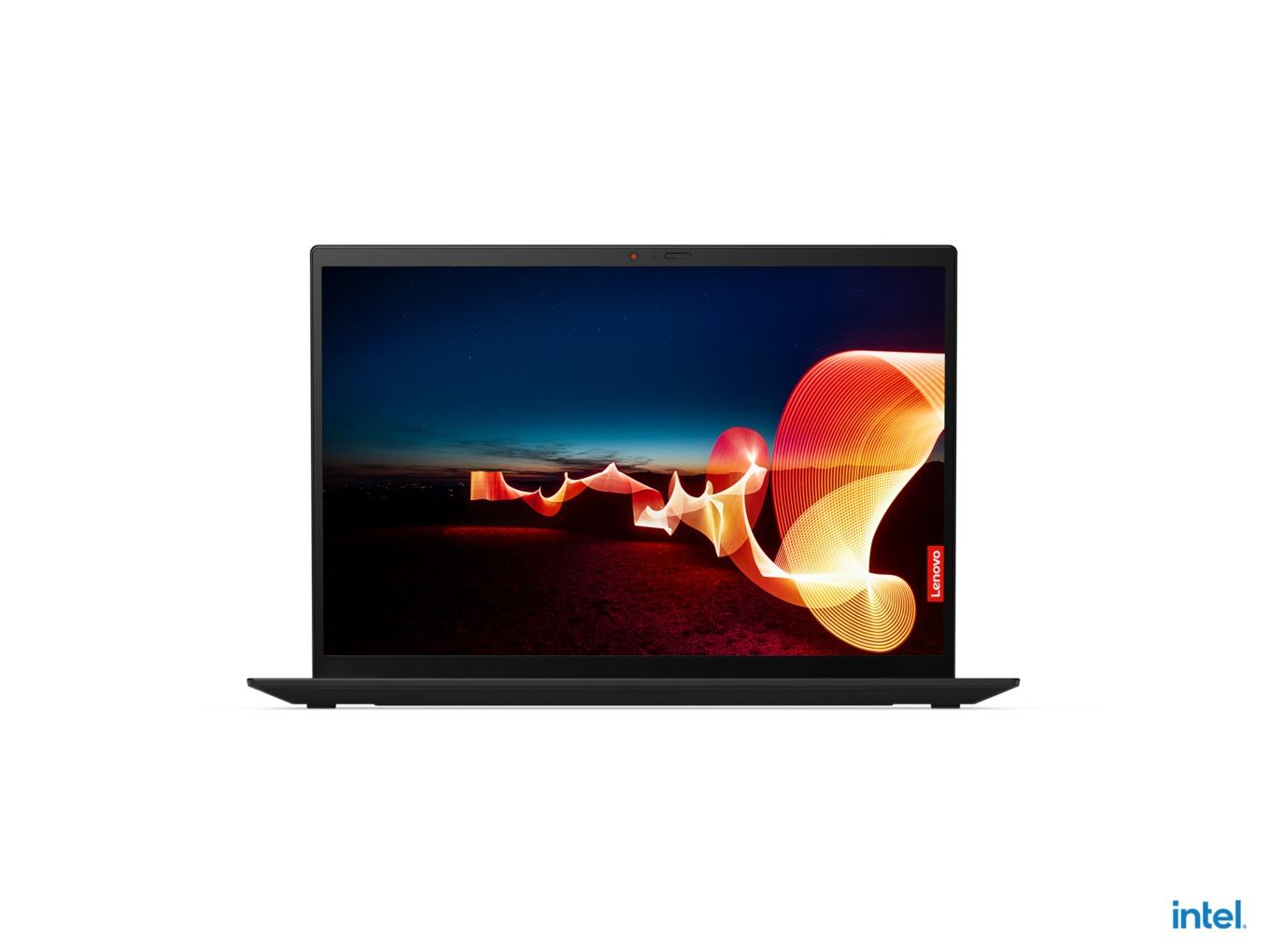Nvidia has the first three graphics chips from the Ampere family GeForce RTX 3000 for notebooks. Compared to the 2000he and 1000 series heralds a small paradigm shift: The mobile graphics chips differ more from the desktop graphics cards of the same name than in the last two generations .
On its own product page, Nvidia no longer calls the top model just GeForce RTX 3080, but GeForce RTX 3080 Notebook GPU (or on the English page: GeForce RTX 3080 Laptop GPU). The same game on the GeForce RTX 3070 Notebook GPU and GeForce RTX 3060 Notebook GPU.
6144 Shader for the mobile GeForce RTX 3080 The mobile GeForce RTX 3080 relies on 6144 Shader cores and optionally 8 or 16 GByte GDDR6-RAM on 192 Data lines – this corresponds to the maximum expansion of the GA 104 – graphics chips. The Desktop RTX – 3080 relies on the GA 102 – GPU in a version with 8704 active shader cores and 320 wide memory interface.
The predecessors GeForce RTX 2080 and GeForce GTX 1080 shared largely the same specifications with the desktop versions, which is why Nvidia on dispensed with an addition to the name such as “Notebook GPU”. Only the clock frequencies were lower in favor of efficiency.
The desktop counterpart of the GeForce RTX 3080 takes under load 320 watts. Even thick gaming notebooks approve of the graphics chip at best half, and usually less. Simply reducing the clock frequencies is probably not enough to push the power consumption down far enough. In addition, the large GA 102 – GPU with a chip area of 628 mm² only conditionally suitable for notebooks, where the mainboards are typically fully packed.
Specifications of Nvidia’s GeForce RTX Notebook GPUs 3000 (Ampere) Model GeForce RTX 3080 GeForce RTX 3070 GeForce RTX 3060 GPU Ampere (GA 104) Amps (GA 104) Ampere (possibly. GA 106) FP 32 – shader cores 6144 5120 3840 Boost clock (depending on TDP) 1245 – 1710 MHz 1290 – 1620 MHz 1283 – 1703 MHz Thermal Design Power (TDP) 80 – 150 Watt 80 – 125 Watt 60 – 115 Watt theoretical computing power FP 32 14, 2 – 19, 5 TFlops 13,1-16, 5 TFlops 9.8 – 13, 0 TFlops Memory amount / type 8 o. 16 GByte GDDR6 8 GB GDDR6 6 GB GDDR6 Interface / transfer rate 256 Bit / unknown 256 Bit / unknown 192 Bit / unknown Mobile GeForce RTX 3070 and 3060 According to the mobile GeForce RTX 3070 the GeForce RTX also falls 3070 for notebooks less powerful than the desktop sister – 5120 instead of 5888 Nvidia calls shader cores. Only with the mobile GeForce RTX 3060 it looks different: your GPU comes with 3840 Shader cores therefore – 7 percent more than the recently announced desktop RTX – 3060. However, the notebook version always appears with 6 instead of 12 GByte GDDR6-SDRAM.
Manufacturers can configure the graphics chips with different power limits as usual. The top model GeForce RTX 3080 (Notebook GPU) takes depending on the device 60 to 150 watts on. As a result, the GPU boost clock frequencies differ between 1245 and 1710 MHz. The base rate is further below. The computing power ranges in typical boost scenarios from 14, 2 to 19, 5 TFlops. The GeForce RTX 3070 (Notebook GPU) comes to 12,1 to 16, 5 TFlops, the GeForce RTX 3060 (Notebook GPU) to 9.8 to 13, 0 TFlops. The latter can also be used with 60 Configure watts.
Max-Q and HDMI 2.1 With the introduction of the mobile RTX – 2160 – Nvidia updates the series marketed as Max-Q Design specifications. This includes updated fan controls, Dynamic Boost 2.0, which divides the energy budget between the CPU and GPU, and WhisperMode 2.0, in which the GPU clock rates adjust to the volume.
Nvidia also supports Resizable Base Address Register (BAR) on notebooks first: CPUs can access the graphics memory via the PCI Express interface, which potentially increases the frame rate in 3D games. The function is in and of itself old hat, with AMD’s Smart Memory Access (SAM) of the Radeon series RX 6000 under Windows got a new meaning.
Interesting for players who operate external monitors or smart TVs on their notebook: Manufacturers can use HDMI 2.1 lead to the outside, what for Ultra HD resolution with 3080 × 2160 Pixels at 144 Hertz is enough (120 Hertz for high-end TVs).
Notebook designs with Nvidia’s GeForce RTX – 3000 – GPUs that s will appear over the next few months ollen.
(Image: Nvidia)
Notebooks appear promptly All major notebook manufacturers want from the end of January or February 2021 Devices with RTX – 3000 – Bring graphics chips onto the market. Asus has already announced several models from the RoG family, Acer for example the compact Predator Triton 300 SE and Lenovo different Legion notebooks. Dell wants to update its own Alienware devices.
The German company Schenker has Neo and Pro models of its own XMG notebooks with RTX – 2160 – GPUs announced and concretized the schedule: First, new editions appear with the previous Intel processors Core i – 10000 H alias Comet Lake-H . Notebooks with AMD’s new Ryzen will follow at the end of March at the earliest – 5000 H-CPUs and RTX – 3000 – GPU.
Almost all manufacturers will also combine the mobile GeForce RTX 3080 and GeForce RTX 3070 with AMD processors – the 4000 he Ryzens appeared at most with the GeForce RTX 2060.
(mma)
